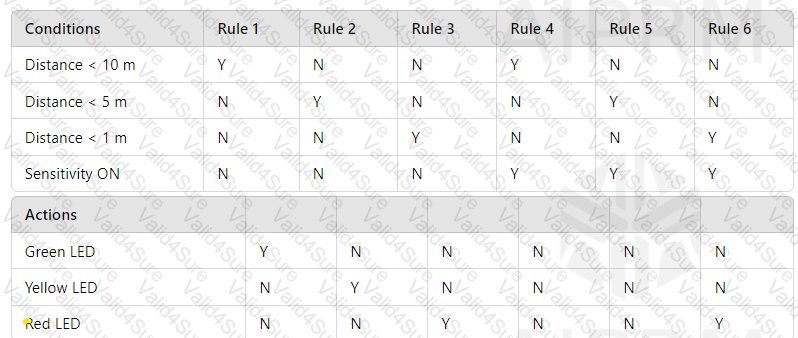ISTQB-CTFL Exam Dumps - ISTQB Certified Tester Foundation Level (CTFL v4.0)
Which of the following BEST matches the descriptions with the different categories of test techniques?
1.Test cases are based on the test basis which may include the requirements, use cases and user stories
2.Test cases are based on the test basis which may include the software architecture or code
3.Test cases can show deviations from the requirements
4.These test techniques are applicable to both functional and non-functional testing
5.Tests are based on knowledge of developers, users and other stakeholders
Black - Black-box test techniques
White * White-box test techniques
Experience - Experience-based test techniques
Which TWO of the following are benefits of continuous integration?
I. Allows earlier detection and easier root cause analysis of integration problems and conflicting changes.
II. Removes the need for manual test analysis, design and execution.
Hi. Removes the dependency on automated regression packs when integrating larger systems, or components.
iv. Gives the development team regular feedback on whether the code is working.
Select the correct answer:
Why it is essential that defects found in a review be reported objectively?
As a tester, as part of a V-model project, you are currently executing some tests aimed at verifying if a mobile app asks the user to grant the proper access permissions during the installation process and after the installation process. The requirements specification states that in both cases the app shall ask the user to grant access permissions only to the camera and photos stored on the device. However, you observe that the app also asks the user to grant access permission to all contacts on the device. Consider the following items:
[I]. Test environment
[ii]. Expected result
[iii]. Actual result.
[IV] Test level.
[V]. Root cause.
Based on only the given information, which of the items listed above, are you able to CORRECTLY specify in a defect report?
Which or the following would be a key difference between a peer review of code and static analysis of code using a tool?
You are testing a system that is used in motor vehicles to warn the driver of an obstacle when re-versing. Output is provided by a series of LED lights (green, yellow, and red), each illuminated based on clearly defined conditions.
The following summary describes the functionality:
•Object within 10 metres, green LED lit.
•Object within 5 metres, yellow LED lit.
•Object within 1 metre, red LED lit.
•Setting sensitivity mode to "ON" will result in only the red LED being lit when the object is within 1 metre.
The following decision table describes the rules associated with the functioning of this proximity warning system:

Which intended functionality is tested by Rule 5 in the decision table?
Which of the following characterizations applies to a test tool used for the analysis of a developer's code prior to its execution?